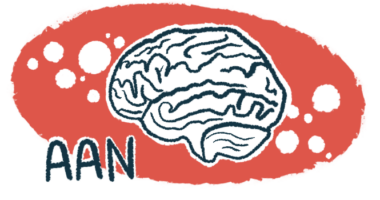Researchers Discover How a Protein That Limits Muscle Growth Is Turned on

An international team has learned how the body activates a protein responsible for limiting muscle growth, a finding that could lead to therapies to improve ALS patients’ muscle function.
The protein, called GDF8 or myostatin, determines both the number of muscle fibers the body produces and the fibers’ size.
Researchers’ article, “Molecular Characterization of Latent GDF8 Reveals Mechanisms of Activation,” appeared in the journal Proceedings of the National Academy of Sciences (PNAS).
“All animals have the protein molecule myostatin, which limits the size of our muscle,” Dr. Thomas B. Thompson, a professor at University of Cincinnati College of Medicine who was the study’s senior author, said in a press release.
The team included researchers from the United States, Britain and Australia.
Myostatin is a member of a large family of molecules that help regulate physiological functions, including bone formation and reproduction. If the regulation fails, the proteins can become involved in diseases, including cancer, Thompson said.
When myostatin is formed, it first appears in a precursor state, where it is dormant. To activate the protein, the body slices a section of it that is responsible for the dormancy. Activation allows myostatin to generate signals that inhibit muscle growth.
Using a combination of molecular biology and cell-based experiments, the research team discovered that myostatin could be turned on with minor changes to its dormancy mechanism.
To confirm the finding, they used a mouse model of skeletal muscle atrophy. Administering the altered myostatin to the mice led to their muscle fibers being smaller than those of control mice.
“By tweaking the dormant state of the molecule, we can get myostatin to signal without the need for cutting, basically picking the lock without a key,” Thompson said.
“This study illuminates how GDF8 transitions from an inhibited state to an active state — information that will help to understand the mechanism of GDF8 signaling,” the researchers wrote.
The findings suggest that scientists could build muscle disorder treatments around myostatin.
In addition to ALS, diseases that could benefit from myostatin-based treatments include muscular dystrophy and cancer cachexia, a muscle wasting disorder characterized by persistent loss of cell mass, weight loss and anorexia.






